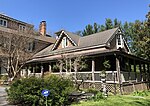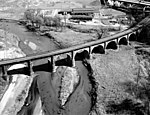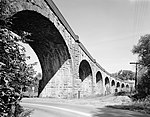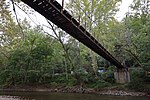Belmont Estate
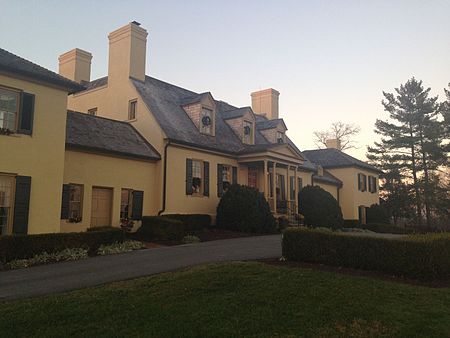
The Belmont Estate, now Belmont Manor and Historic Park, is a former plantation located at Elkridge, Howard County, Maryland, United States. Founded in the 1730s and known in the Colonial period as "Moore's Morning Choice", it was one of the earliest forced-labor farms in Howard County, Maryland. Its 1738 plantation house is one of the finest examples of Colonial Georgian architectural style in Maryland.From the late 17th century until 1962, the property was privately owned and associated with important personages from the late 17th century to the 20th century, including Dr. Mordecai Moore, Caleb Dorsey, Alexander Contee Hanson, and David K. E. Bruce.The property was then successively owned and maintained as the Belmont Conference Center, by the Smithsonian Institution, the American Chemical Society, and Howard Community College. It is now the 68-acre Belmont Manor and Historic Park, owned by Howard County and its Department of Recreation and Parks. It adjoins Patapsco Valley State Park. Facilities on the estate include the Belmont Manor House, a carriage house, a cottage, a large barn, formal gardens, a pond, and an aqua garden.It is listed on the Maryland Historic Trust (MHT), Inventory of Historic Properties (MIHP), and is on the National Register of Historic Places (NRHP) as part of the Lawyers Hill Historic District, Elkridge, Maryland.
Excerpt from the Wikipedia article Belmont Estate (License: CC BY-SA 3.0, Authors, Images).Belmont Estate
Hop The Snake,
Geographical coordinates (GPS) Address Website Nearby Places Show on map
Geographical coordinates (GPS)
| Latitude | Longitude |
|---|---|
| N 39.22 ° | E -76.731388888889 ° |
Address
Patapsco Valley State Park Avalon Area
Hop The Snake
21075
Maryland, United States
Open on Google Maps

